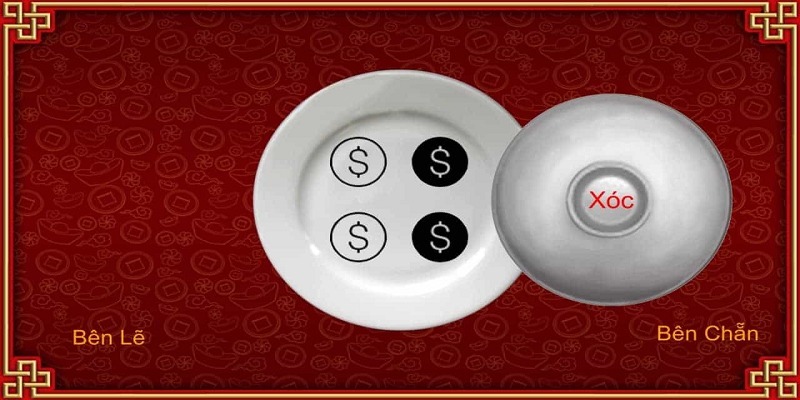As the gaming business evolves at a quick pace, development companies, particularly small and mid-sized teams, confront a continuous challenge: how to effectively manage their creative and technical resources. An increasing trend in this field is to hire game UI designers in-house while outsourcing 3D environment art to third-party vendors or specialized companies. This hybrid paradigm has developed as a strategic option for balancing creative control, cost, scalability, and production speed.
But why are studios choosing this approach, and how can they do it successfully without encountering workflow misalignments or style inconsistencies? Let’s go exploring.
The Importance of Environment Art and User Interface Design in Game Development
A player’s entire experience is greatly influenced by both 3D environment art and UI (User Interface) design.
- The way that players interact with the game—through menus, HUDs, tooltips, inventory systems, and more—is the responsibility of UI design.
- 3D Scenery The visual world that players explore is defined by art, which includes anything from background components and ambient scenery to architecture and terrain.
- Although both are necessary, they vary greatly in how tightly they need to be connected to iteration cycles, user testing, and gameplay mechanics.
Why Maintain In-House UI Design?
For teams that prioritize rapid iteration and tight gameplay integration, hiring in-house UI designers is a calculated decision. The user interface is not a static component in the majority of games, particularly those featuring intricate player interactions. It is constantly changing due to:
• Instantaneous user reviews
• Updates to features
• Platform-specific modifications
• Testing and gameplay progression
Studios can preserve tight cooperation between UI designers, game designers, developers, and QA testers by retaining UI design in-house. This enables them to guarantee a consistent visual language across all touchpoints, enhance responsiveness, and optimise user flow.
Additionally, internal UI designers are better able to comprehend the context of player psychology and game mechanics, which is more difficult to convey to outside partners during a brief engagement.
Why Hire Someone to Do 3D Environment Art?
On the other hand, 3D environment art services are frequently contracted out for a few reasons:
1. Work Volume
It takes a lot of effort and a great degree of technical and artistic skill to design gaming landscapes. One environment could include:
• Modelling the terrain
• Making props
• Lighting
• Texture
• Engine performance optimization
Studios can expand this volume through outsourcing without putting too much strain on their core staff.
2. Particular Knowledge
Numerous outsourcing studios have specialized teams for modelling, sculpting, and world-building, and they specialize in particular visual styles (such as photorealistic, stylized, and low-poly). This provides your project with access to top-notch work that might be too much for a tiny internal staff member to handle.
3. Economy of Cost
It might not be economical to hire full-time environmental painters for a short-term or asset-heavy project. You just pay for the deliverables you require when you outsource, giving you flexibility.
The Difficulty of Preserving Workflow Alignment and Visual Consistency
Although this hybrid strategy is efficient, if it is not well controlled, it may cause problems. Typical pitfalls include the following:
- Art Style Inconsistencies: A game may appear visually disconnected if the environment and user interface are created in separate departments.
- Integration Delays: When assets are provided, inadequate communication between internal and external teams may cause integration problems.
- Issues with version control: When working across systems without a single asset pipeline, misunderstandings and rework may occur.
- Player Experience Mismatch: When a user interface is created without taking into account the game world, it can cause confusion, particularly in genres that rely heavily on HUDs, such as shooters or role-playing games.
Best Practices for a Balanced Workload
To optimize the success of this arrangement, use following recommended practices: 1. Create a shared style guide.
Begin the project by preparing a unified visual direction document. This should include:
• Color Schemes
• Fonts
• UI Layout Principles
• Environmental tone and illumination
• Texture styles and material references.
Share this guide with both your in-house UI designers and your 3D environment art services provider to ensure everyone is on the same page.
2. Hire Game UI Designers with Engine Experience.
A UI designer with Unity or Unreal Engine knowledge can design directly in the game, allowing for faster testing and iteration. They will also understand technical limits, ensuring that the UI does not degrade immersion or performance.
Real-world scenario.
Assume you’re designing a story-driven mobile RPG. Your core staff is dedicated to gaming mechanics, quest systems, and in-game advancement. You choose to:
- Hire an in-house UI designer who will collaborate closely with your UX team to create the combat HUD, menu systems, and player inventory.
- Outsource 3D environment art to a business that specializes in stylized fantasy settings to create towns, woods, and dungeons.
- Keeping UI design internal allows your team to evaluate navigation and responsiveness across devices and screen sizes. Simultaneously, the external art studio creates high-quality surroundings that are optimized for unity.
- When correctly integrated, the outcome is a smooth, visually cohesive experience that appears AAA was created on an indie budget.
Looking ahead: How AI is Improving the Workflow.
In 2025, AI techniques will increasingly be employed to streamline both UI and 3D environment workflows.
- UI Design Tools: Uizard and Adobe Sensei help with auto-layouts, contrast checking, and accessibility compliance.
- In 3D environment art, AI is utilised for procedural terrain generation, texture upscaling, and even auto-retopology.
- AI can also integrate in-house and outsourced workflows. Smart asset management technologies enable teams to preview how the UI and environments will appear together, identify discrepancies, and optimise performance before launch.
Final Thoughts
The decision to hire game UI designers in-house while outsourcing 3D environment art services is more than just a staffing strategy; it’s a production model that reflects how modern game development works best.
By combining internal creative control with external production scale, you get the best of both worlds: an immersive user experience and gorgeous visual environments that are developed effectively and on time.
To succeed with this model:
• Invest in great art direction from the beginning.
• Establish clear communication between teams.
• Implement tools and workflows that encourage integration and feedback. • Continuously test the UI in 3D environments.
This balanced strategy may substantially accelerate your development process, eliminate rework, and increase the quality of your game—regardless of studio size or platform.




